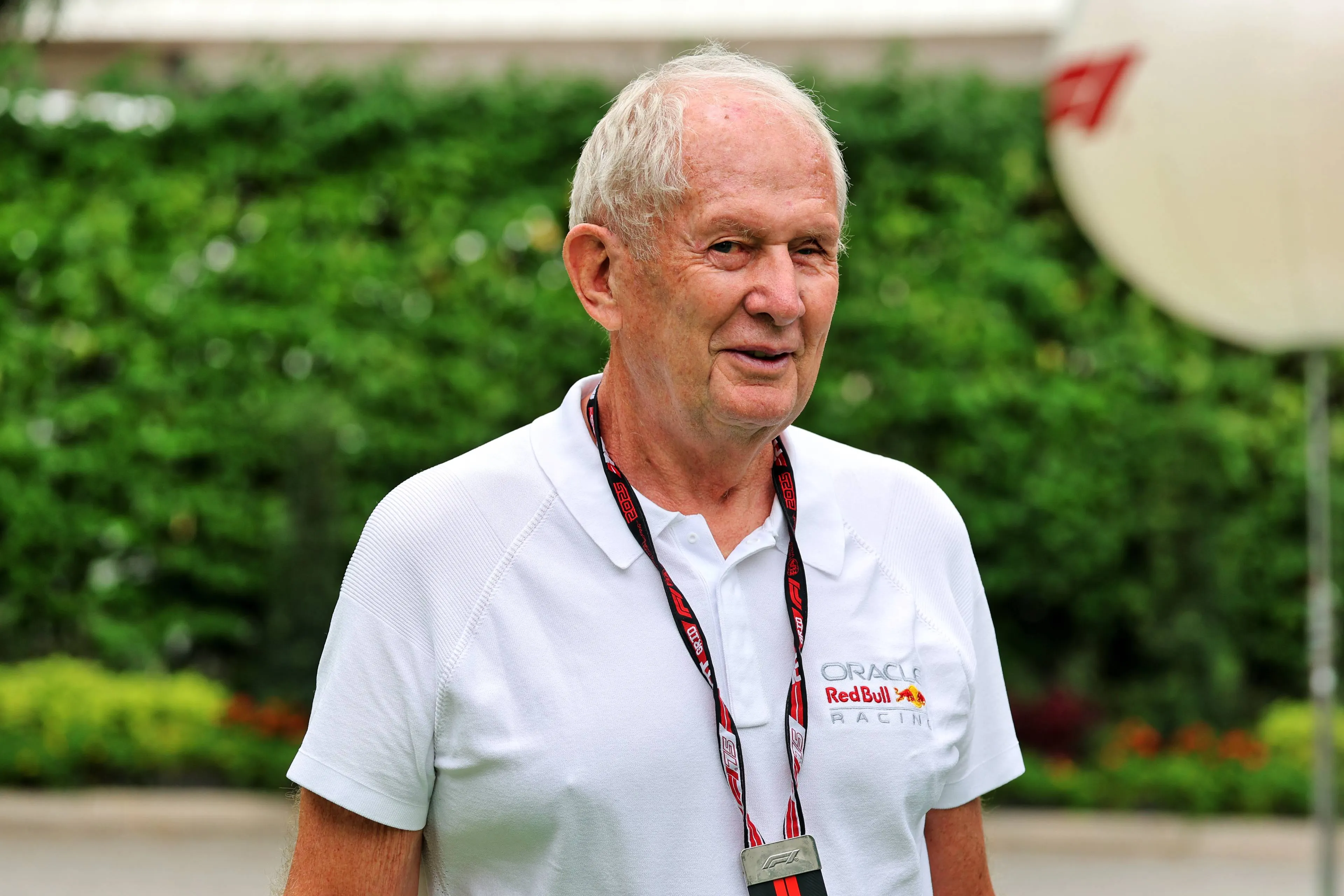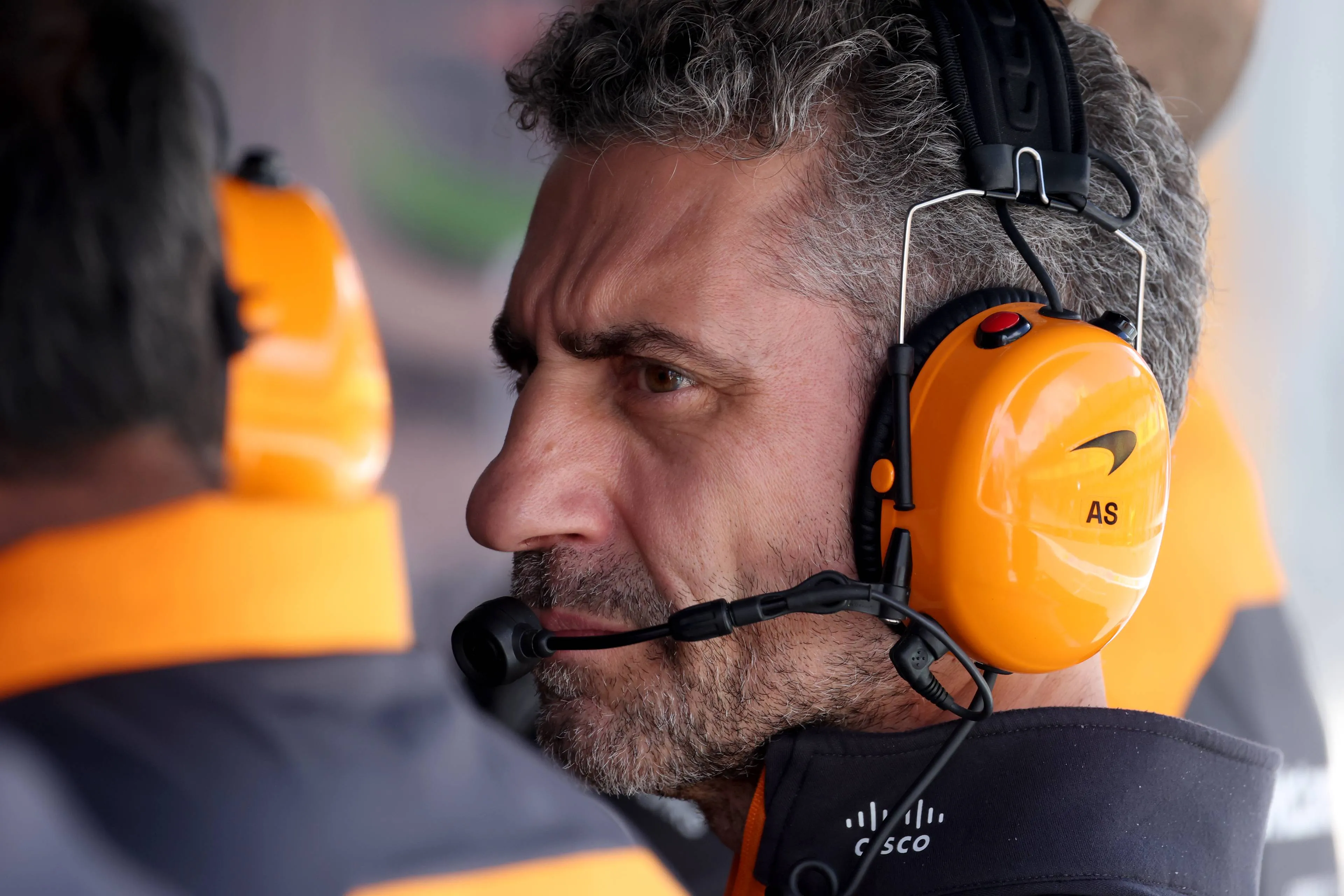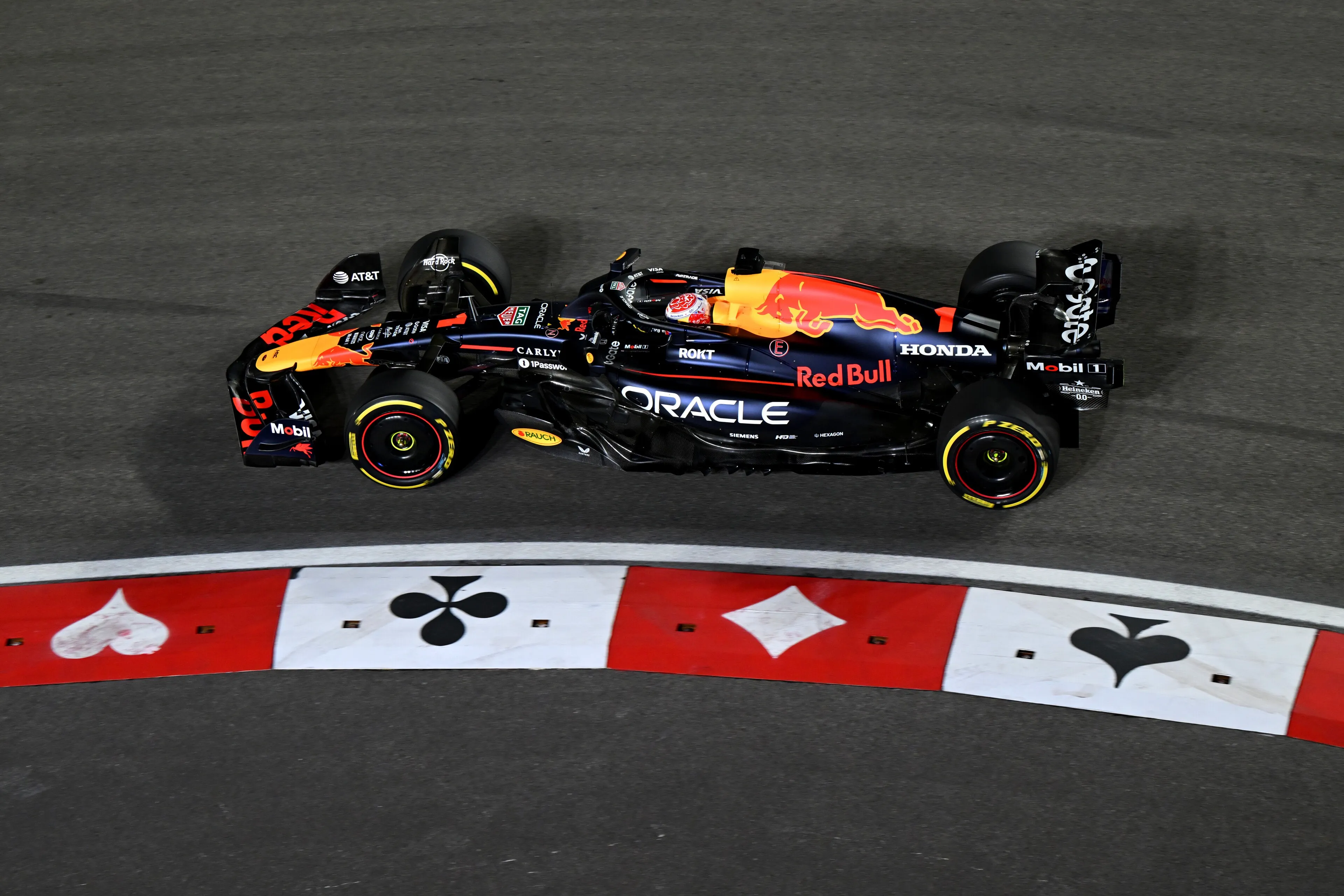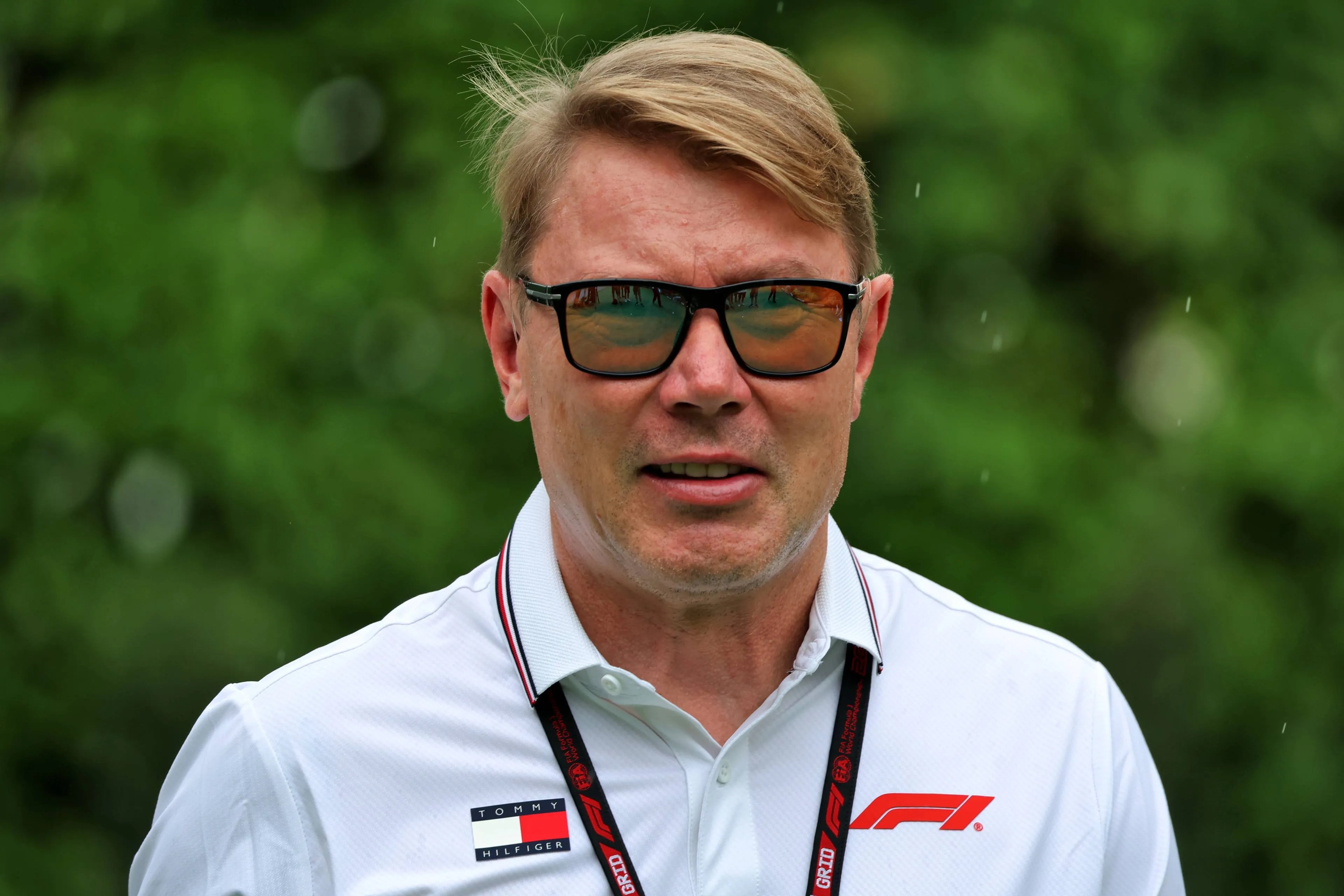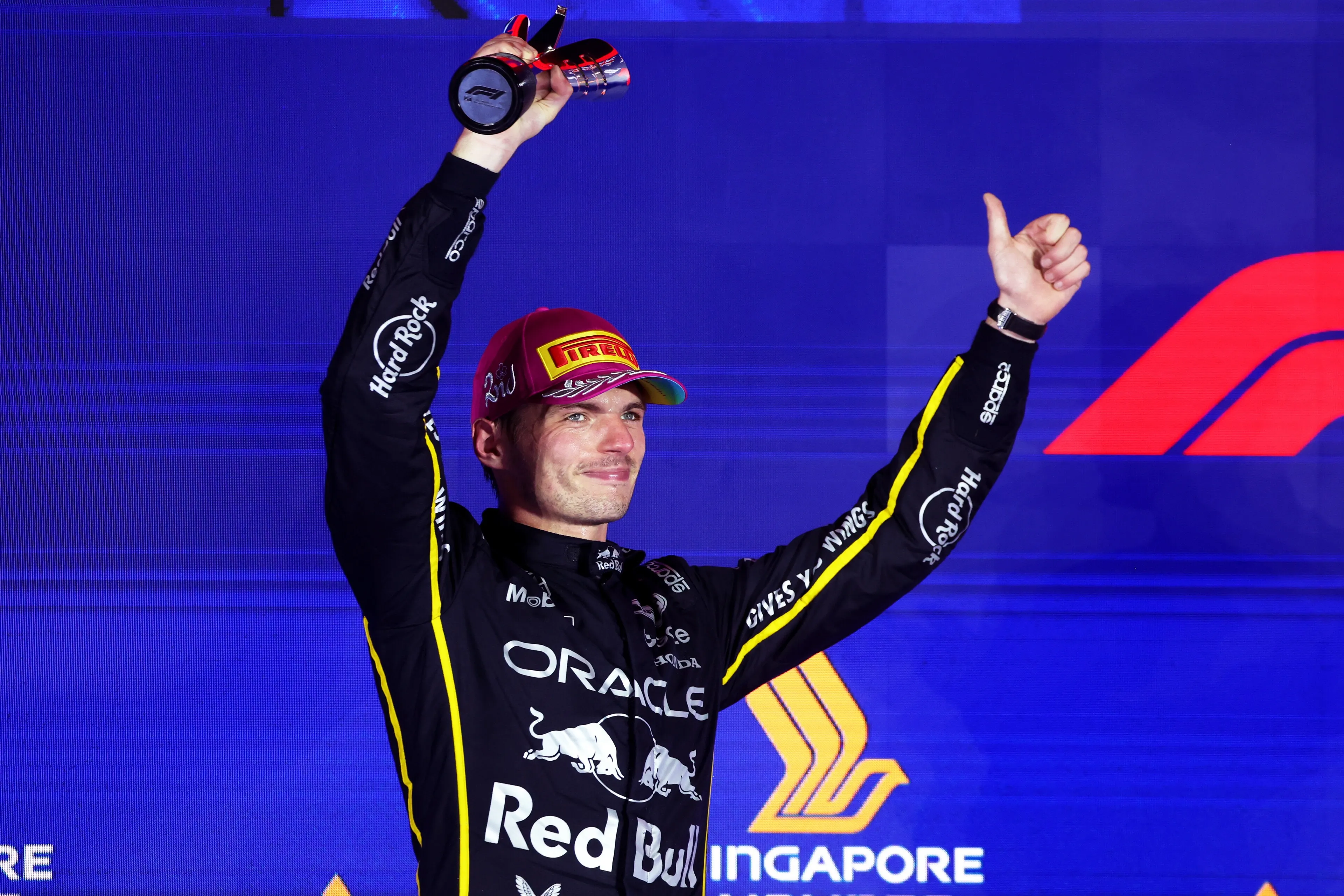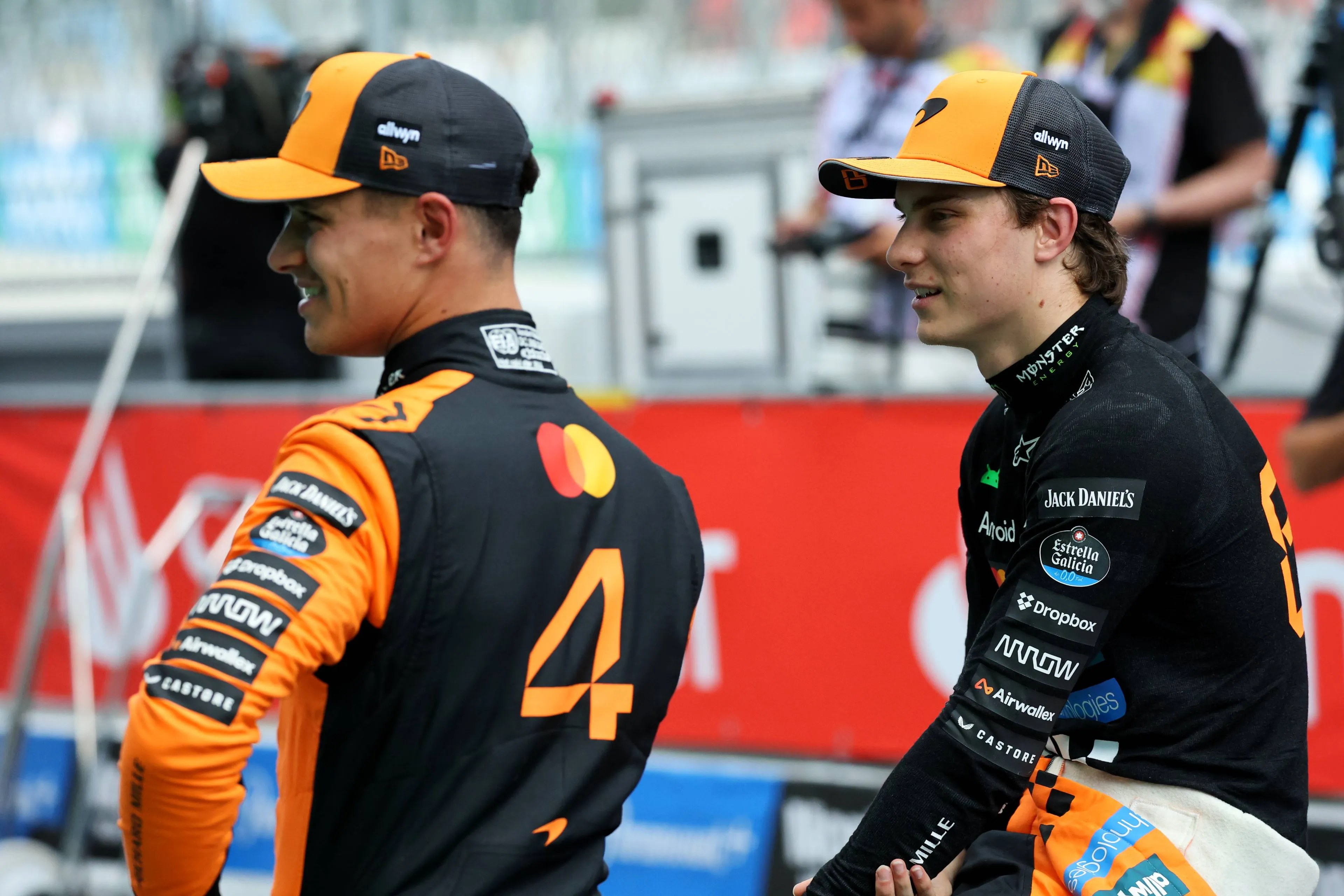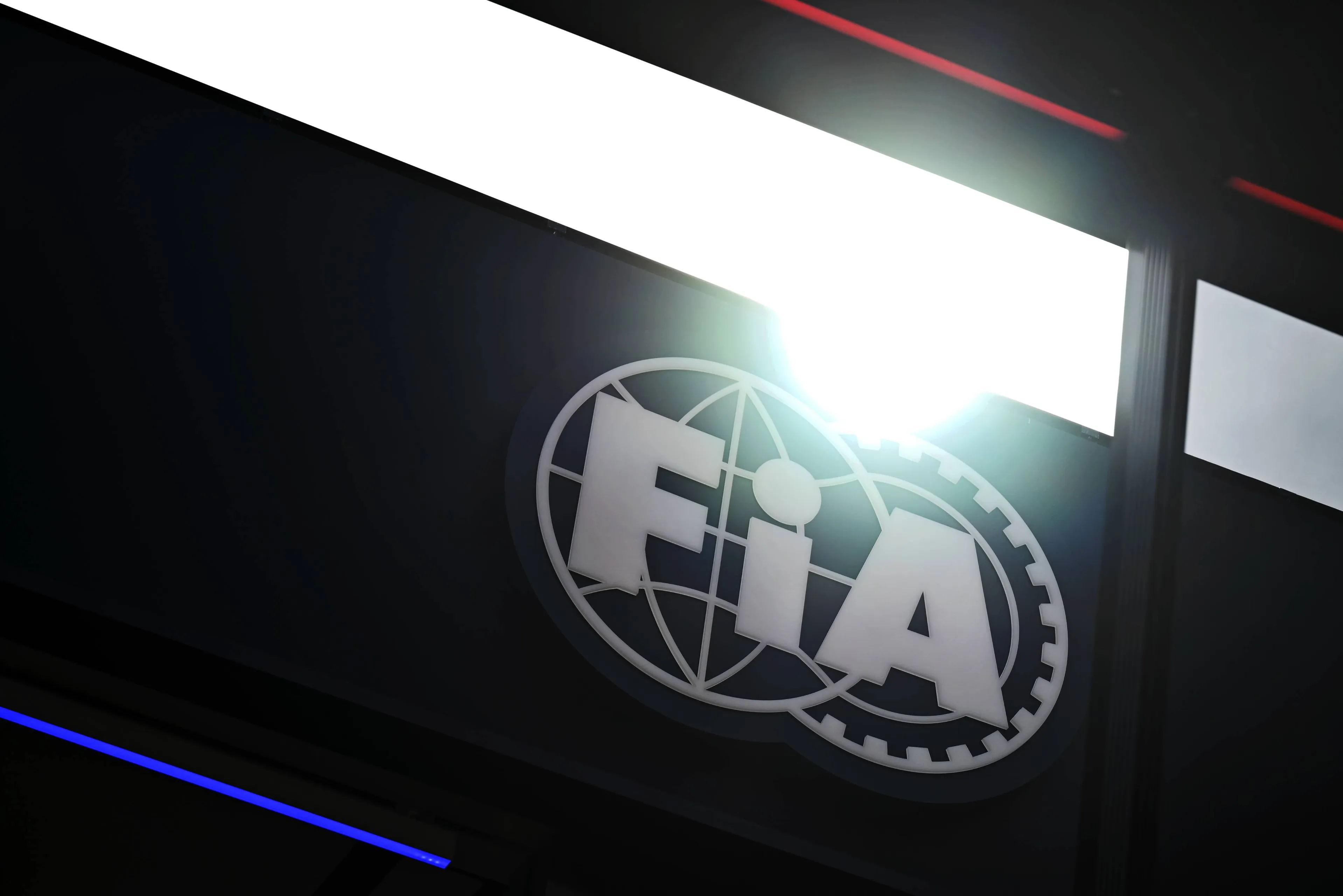
Photo: Race Pictures
Red Bull benefits as FIA admits 'weakness' in F1 cost cap rules
04:29, 22 Nov
Updated: 04:57, 22 Nov
2 Comments
The matter of whether or not Max Verstappen's new engine fell withing the cost cap has been addressed by FIA Single-Seater Director Nikolas Tombazis.
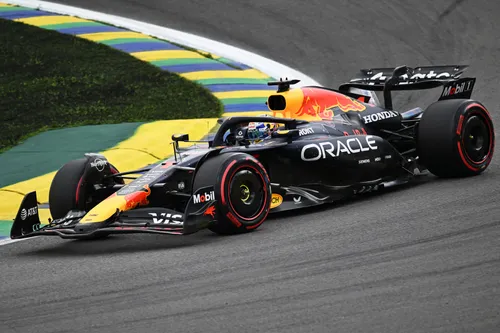
Photo: RacePictures.
After Verstappen drove from the pit lane to P3 in Brazil, aided in part by the new power unit fitted into his car, McLaren team boss Andrea Stella questioned whether the new engine fell within the cost cap or not, which GPblog understands it is indeed included.
It appears as though the matter falls into a grey area in the regulations, one that benefits Red Bull, since the only article in the financial regulations alluding to the expenditure resulting from a new engine state that it does fall within the cost cap when the team needs to “replace units out of service due to accident damage or other cause induced by team".
The loose wording in the second part of the sentence refering a "cause induced by the team," leaves the matter open to interpretation, and this is the crack which Red Bull stands to benefit from.
Tombazis admits there's a weakness in the cost cap regulations
In Las Vegas, Tombazis addressed the issue admitting the weakness in the cost cap regulations.
“What we've not been keen to get involved in is a situation where, when there's an engine change, we have to argue with the team or the PU manufacturer whether a bit of telemetry indicates potentially a reliability issue or not," he said.
“We don't feel we have the expertise to argue with them whether it's really a reliability or strategic change.
“In some cases it's obviously in one or the other camp. But when you're in that crossover area, it would be difficult.
"So this has been a weakness in the current regulations, the combination of financial plus technical and sporting, and it's been an area where we've adopted this approach where we accept these changes without getting into discussion about the impact on the cost cap.”
2026 regulations will cover the loophole
As of 2026 new regulations will be put in place to avoid any further exploitation of the loophole. Next year a cost cap for manufacturers - with what Tombazis believes to be strong financial deterrents - in set to be enforced as well.
“With the cost cap for the PU manufacturers as well as the teams, this matter is resolved," Tombazis added.
“The PU manufacturers would never find it convenient to make a strategic change, because each time it's going to cost them approximately the cost of an engine, a million, if it's just the internal combustion or whatever. And that will provide a natural mechanism.
“So we think it's a weakness in the current set of regulations, where there's no PU cost cap. But we think it gets resolved completely next year. It will stop being a topic of discussion,” he concluded.
In 2026 the engine manufacturers' cost cap regulations include a degree of leeway focused solely on reliability where they're allowed to make modifications to the costs attatched to the introduction of extra power units to the engine pool.
Part and price
- Internal Combustion Engine - $1 million
- Turbocharger - $150,000
- MGU-K – $175,000
- Control Electronics
- $215,000 Energy Store - $215,000
Red Bull ready to defend new power unit decision
Red Bull chief engineer Paul Monaghan defended the decision to fit a new power unit to Max Verstappen's car in Brazil, saying the move was legitimate, common in recent seasons, and defensible under regulations, stating the team can justify its actions and expects no penalty. Read the full story here.
GPblog's latest F1 Paddock Update
Want to stay up-to-date with what happens in the F1 paddock? Then GPblog's F1 Paddock Update video is the perfect way to do it. Subscribe to GPblog's YouTube channel and turn on notifications to never miss the latest episodes.
Read also
Read more about:
Rumors
Popular on GPBlog

1
2025 Las Vegas Grand Prix: start time and full schedule
12446 times read
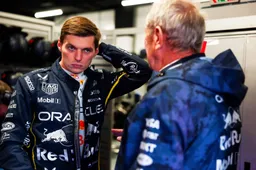
2
Verstappen and Red Bull face uncertainties after Las Vegas chaos
1353 times read
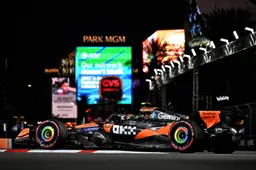
3
Mysterious red flag halts FP2 in Las Vegas: Norris leads
1188 times read

4
Verstappen reveals preference for a 'cheeky' race number in F1
912 times read
Loading




